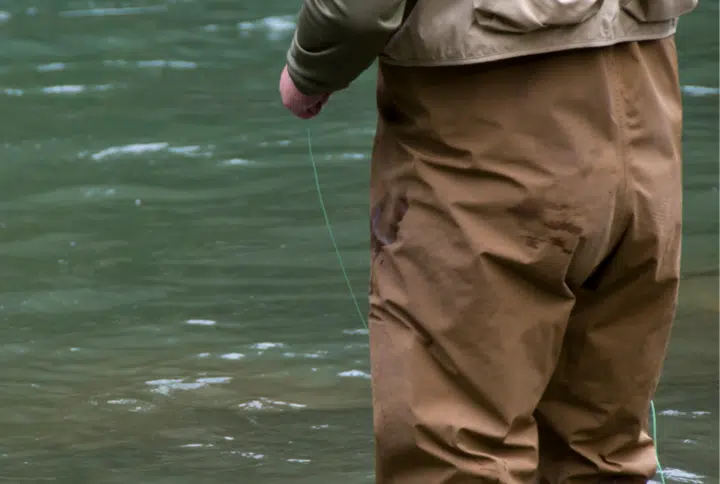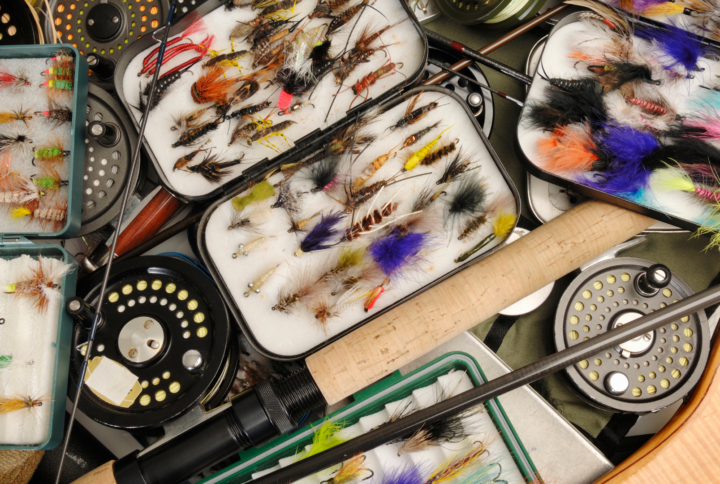Henry's Fork - St Anthony - Idaho
Fly Fishing River Report & Conditions
Henry’s Fork – St Anthony - Water Flow Chart
Henry’s Fork – St Anthony - Weather report & radar
Henry’s Fork – St Anthony - General hatch chart
| Month | Hatch | Time of Day | Recommended Fly Sizes | Popular Fly Patterns |
|---|---|---|---|---|
| January | Midges | Late morning to early afternoon | #20-24 | Zebra Midge |
| February | Midges | Late morning to early afternoon | #20-24 | River Keeper Midge |
| March | Midges, BWO | Late morning to early afternoon | #18-20 | WD-40, Barr’s BWO Emerger |
| April | Midges, BWO, March Browns | Late morning to early afternoon | #14-16 | Pale Morning Dun |
| May | Caddis, March Browns | Late afternoon to evening | #14-16 | Elk Hair Caddis, March Brown Dun |
| Salmonfly, Stonefly | Late afternoon to evening | #6-8 | Rogue Foam Salmonfly, June Bug | |
| June | Green Drakes, PMDs | Mid-late afternoon | #14-16 | Green Drake Paradrake, Pale Morning Dun |
| Stoneflies, Caddis | Late afternoon to evening | #6-8, #14-16 | Rogue Foam Stone, Elk Hair Caddis | |
| July | Drakes, PMDs | Mid-late afternoon | #14-16 | Rusty Spinner, Parachute Adams |
| Stoneflies, Caddis | Late afternoon to evening | #6-8, #14-16 | Rogue Foam Stone, Elk Hair Caddis | |
| August | PMDs, Terrestrials | Mid-late afternoon | #14-16 | Parachute Adams, Ant Patterns |
| September | Terrestrials, Tricos | Mornings | #20-24 | Ant Patterns, Trico Spinners |
| October | BWOs, Midges | Late morning to early afternoon | #18-24 | BWO Emerger, Zebra Midge |
| November | Midges | Late morning to early afternoon | #20-24 | River Keeper Midge |
| December | Midges | Late morning to early afternoon | #20-24 | Zebra Midge |
Henry’s Fork – St Anthony Access Points
Vernon Bridge: Access is on the southeast and northwest corners of the bridge. This location is great for different species of trout.
Chester Access: You can find it upstream from Chester on the south side. Provides a big area for fishing worms and spinners for rainbow trout.
Salem Ponds: Located south of Salem 1st West, with parking available along the highway. You can catch good-sized fish here.
Fun Farm Bridge: You can access it at the south side of Fun Farm Bridge. Known for large brown and rainbow trouts.
Henry’s Fork – St Anthony Fishing Spots
The Henry’s Fork region of St. Anthony offers prime fishing spots to explore. Particularly for Fly fishing, few sites are proven to be ideal for individuals seeking dazzling spots.
- Box Canyon: Known for its remarkable trout fishery. Its wealth of riffles, pools, and pockets provide excellent fly fishing experiences.
- Railroad Ranch: This stretch of Henry’s Fork offers clear waters where trout can easily be spotted. It’s considered a challenging place, thus advisable for experienced anglers.
- Cardiff Bridge: If you seek big fish, the section around Cardiff Bridge brings a lot of potentials. It’s very productive during the hatch season specifically.
- Warm River to Ashton: Offering a mix of fast and slow waters, it’s a wonderful spot for both novice and skilled fly fishers.
- Lower Mesa Falls: This location is famous for its Fall-run of Brown trout along with breath-taking scenery.
Henry’s Fork – St Anthony Local Fish Species
- Trout: Notably, the most common pick by fly fishermen.
- Brown Trout: Not only do they grow to large sizes, but they strike ill-constructed flies without mercy making them an exciting catch.
- Rainbow Trout: Highly sought after due to their acrobatic fight techniques after being hooked.
- Cutthroat Trout: Named after the vivid orange-red streak on the throat, they are often found in the purest and most remote waters.
- Brook Trout: Although not native to the area, they have adapted well and are abundant in the region.
- Mountain Whitefish: A native species related to the trout, it’s often overlooked by fishermen targeting trout but is great for practice and quite abundant.
- Arctic Grayling: Best known for its distinctive, large dorsal fin and beautiful coloring – a real trophy catch.
- Pike: Known for their aggressive strikes and finicky predatory habits, these species aren’t for the faint-hearted.
About the Henry’s Fork – St Anthony
Henry’s Fork-St Anthony is an esteemed site for anglers worldwide. Its initial name derived from Major Andrew Henry, a fur trader in the early 1800s. Later, it was known as St Anthony due to the established town on the river’s bank.
The abundant, clear waters are famous for fishing, particularly Fly-Fishing, with popular fishes being the Rainbow Trout and the Brown Trout. Over the years, conservation efforts have preserved the rich ecosystem.
- 1820: Andrew Henry, from Missouri Fur Company, first exploits the river.
- Late 1800s: The town of St Anthony arises.
- 1935: Warm River Campground opens, attracting anglers and becoming an integral part of fishing history.
- 1968: Preservation action by Henry’s Fork Foundation ensures fish populations thrive.
As you cast your line into the gleaming water, you’re not just fishing – you’re becoming a part of the rich tapestry that is the story of Henry’s Fork-St Anthony.
Community Contributions
Be part of the fishing community!
No updates submitted for this river.



